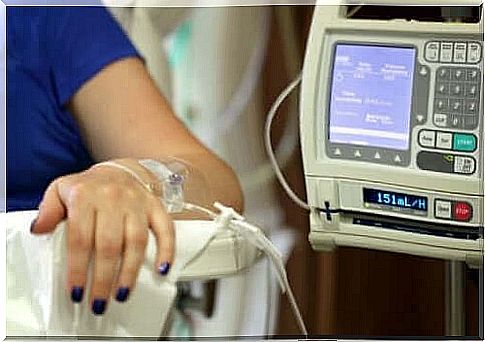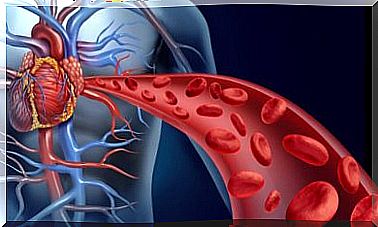Preventing Nausea And Vomiting From Chemotherapy

Patients are most afraid of nausea and vomiting as a result of chemotherapy. This is one of the most common side effects. Preventing it can improve the patient’s quality of life and, as a result, patients are more likely to adhere to treatment.
Today, we have a myriad of options for preventing nausea and vomiting from chemotherapy. However, patients often use them incorrectly. They may not be used to it or feel better about it if they overuse it.
The risks associated with chemotherapy-induced nausea and vomiting depend on the patient and the treatment. Both factors can determine how present this side effect is.
Classification of Chemotherapy Nausea and Vomiting
Depending on when the patient suffers from these symptoms, nausea and vomiting can be classified into three main groups:
- Acute vomiting: This occurs within the first 24 hours after chemotherapy.
- Delayed vomiting: The first signs of chemotherapy-related nausea and vomiting may occur after the first 24 hours. This may persist for 6-7 days after treatment administration. Cisplatin is the chemotherapy drug often linked to this adverse effect.
- Anticipatory vomiting: This generally occurs within 24 hours prior to chemotherapy. Reports show that after the third or fourth cycle, 20-40% of patients experience anticipatory vomiting.

Prevention
Treatments and prevention methods may vary depending on the type of disease the chemotherapy medication is causing.
acute vomiting
For years, the main drugs that help prevent nausea and acute vomiting have been:
- dopaminergic antagonists
- antihistamines
- corticosteroids
- cannabinoids
- benzodiazepines
While these drugs have varying effectiveness, they can also cause serious side effects. Since the receptor antagonist serotonin appeared, a new class of drugs is now available. These are more effective and have less frequent and less serious side effects.
At equivalent doses, the four existing 5-HT 3 receptor antagonists – ondansetron, granisetron, dolasetron, tropisetron – are equally effective in preventing vomiting induced by moderately or highly emetic chemotherapy. The decision which to use should be based on:
- availabilty
- Ease
- Cost
- Effects
Delayed vomiting
Delayed vomiting is usually more difficult to treat than acute vomiting. Since this is an adverse effect that the patient usually experiences at home, the ways in which it can be controlled are fewer.
The personal and family impact is also greater. Thus, as long as there is a risk of delayed nausea and vomiting, the patient should be properly instructed on the use of antiemetic drugs.
Adequate control of nausea and vomiting with chemotherapy reduces the risk of acute, delayed and anticipatory vomiting in successive cycles. Doing this prior to the first cycle of chemotherapy avoids unnecessary consultations and reduces patient stress.
In this case, serotonin receptor antagonists are not as effective as compared to acute vomiting. Corticosteroids are the most active agents to help prevent delayed vomiting. The patient should take these 3-4 days after chemotherapy.
In addition, as in the prevention of acute vomiting, combining antiemetic drugs appears to be more effective than using a single drug. 5-HT 3 antagonists should be recommended as second-line treatment if the above treatment does not work.

Anticipatory Vomiting
The best way to prevent anticipatory vomiting is to achieve adequate control of acute and delayed vomiting. If this side effect occurs, then behavioral therapy may be effective.
Nausea and vomiting from chemotherapy: conclusion
The ideal goal of any antiemetic treatment is to completely prevent nausea and vomiting associated with chemotherapy. This significantly improves the quality of life of cancer patients, especially during hospitalization and at home.
Unfortunately, despite the progress made over the past 20 years, this goal is difficult to achieve. As mentioned earlier, nausea remains a frequent and worrisome side effect in patients receiving chemotherapy.









